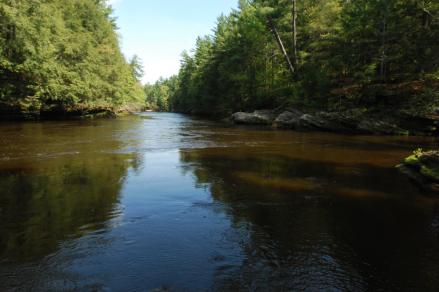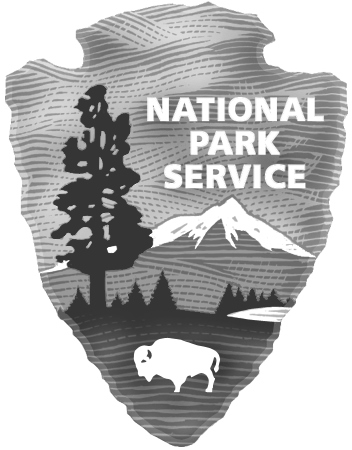Through the course of this lesson, students will come to see how the people of Wisconsin viewed the Wisconsin River as a significant landmark. Though it may not have been a building or an object, the landscape of the Wisconsin River provided a vital transportation link into the interior of Wisconsin. This transportation link allowed new opportunities for people moving west from the overpopulated east.
Wisconsin River as a Landmark
Wisconsin River as a Landmark

Location
Type of Landmark
Topics
Learning Objectives
- Students will find at least one primary source that give evidence of early uses of, and how the Wisconsin River is a landmark by researching websites.
Materials
- Chromebooks, or other online capable devices
- A map of Wisconsin
- Landmark Information Guide Worksheet
- Lumber Rafting on Wisconsin River
- Primary Source Overview Sheet
- Wisconsin River as a Landmark Answer Key
- Photos of Lumberjacks
- Grading rubric for Wisconsin River assignment
Suggested Instructional Procedures
(Students will have prior knowledge of Wisconsin lumberjack history.)
1. Review what a landmark is using the vocabulary terminology in the discussion to give students another opportunity to hear how it’s used. Give examples of landmarks.
2. Ask students why they think the Wisconsin River can be considered a landmark.
3. Share “Lumber Rating on Wisconsin River” overview on the primary source sheet.
4. Read “Lumber Rating on Wisconsin River” to students. Follow a WI map as the diary is read.
5. During the reading, on p.171, Sherman indicates that there were few opportunities in the “old states” (he came from Massachusetts). Point out that even though WI wasn’t a state yet, people adapted the Declaration of Independence as their own and applied the “pursuit of happiness” in the purchase of forest acreage knowing that one no longer must be of royalty to own property. (Founding Principle)
6. Students work in pairs or independently to fill out the Landmark Information Guide Sheet. (historiography)
7. Students work in pairs or independently on chromebooks or other online device to find at least one other primary source that gives evidence of the Wisconsin River as a landmark.
8. Have students share their primary with the whole group explaining what it is and why it gives evidence of a landmark.
Vocabulary
Historical Perspective: A point of view on an historical event or era.
Historical Significance: An event, person, or place that was part of determining the course of past historical events.
Symbol: An object, representation, or thing that has meaning beyond what it actually is.
Landmark: A place, geographic formation, monument, or memorial that defines a community.
End of Lesson Assessment
How well the students answer the questions on the worksheet in groups, in comparison to the answer key, would assess the comprehension of in-class ideas. Also assessed on their ability to work together as groups. Rubric provided here.
Background Material for Teacher
Subject
Grade Level
Duration of Lesson
Standards/Eligible Content
Author
Jena Lawson, Elementary School Teacher, Wisconsin.
Funders/Sponsors
Cultures of Independence has been made possible in part by a major grant from the National Endowment for the Humanities: Celebrating 50 Years of Excellence
Any views, findings, conclusions, or recommendations expressed in this website or during the institutes, do not necessarily represent those of the National Endowment for the Humanities.
Additional funding is being provided by Wells Fargo through HEAD for the Future, its partnership with HSP, and by Independence National Historical Park.


Attention Teachers!
Let us know how you used this plan and be featured on our site! Submit your story here.
